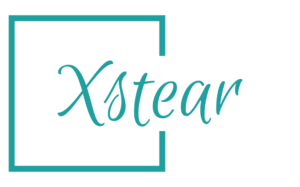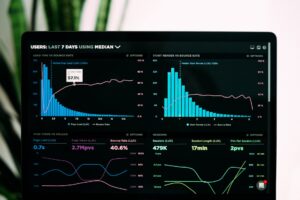Predictive Analytics – what it is, how it’s used in business, and how it can help organizations make better decisions
As businesses continue to generate and collect vast amounts of data, there’s a growing need to extract insights and make accurate predictions to stay ahead of the competition. Predictive analytics is a technique that allows businesses to analyze data and make predictions about future events or behaviors. In this post, we’ll explore what predictive analytics is, how it’s used in business, and provide examples of how it can help organizations make better decisions.
What is Predictive Analytics?
Predictive analytics is the practice of using statistical and machine learning algorithms to analyze data and make predictions about future events or behaviors. This technique relies on historical data to identify patterns and trends, which can then be used to make predictions about what will happen in the future. Predictive analytics can be applied to a wide range of use cases, from customer behavior to product demand, financial performance, and more.
How is Predictive Analytics Used in Business?
Predictive analytics is used in business to help organizations make informed decisions by predicting future outcomes. For example, businesses can use predictive analytics to forecast sales or demand, which can help them optimize inventory levels, production schedules, and marketing strategies. Predictive analytics can also be used to identify potential risks or opportunities, such as fraud, customer churn, or product defects, which can help businesses take proactive measures to prevent or mitigate these risks.
Examples of How Predictive Analytics Can Help Organizations Make Better Decisions
- Customer Retention: Predictive analytics can be used to identify customers who are at risk of churning, allowing businesses to take proactive measures to retain these customers. For example, a telecom company could use predictive analytics to identify customers who have a high likelihood of canceling their subscription, and offer them targeted promotions or discounts to encourage them to stay.
- Supply Chain Optimization: Predictive analytics can be used to forecast demand and optimize inventory levels, production schedules, and logistics. For example, a retail company could use predictive analytics to forecast demand for specific products, and adjust their inventory levels and production schedules accordingly.
- Fraud Detection: Predictive analytics can be used to identify potential fraud, such as credit card fraud or insurance fraud. For example, an insurance company could use predictive analytics to identify suspicious claims, and flag them for further investigation.
- Product Development: Predictive analytics can be used to identify customer preferences and trends, allowing businesses to develop new products that better meet customer needs. For example, a food company could use predictive analytics to identify emerging trends in consumer preferences, and develop new products that cater to these trends.
Conclusion
Predictive analytics is a powerful technique that can help businesses make informed decisions by predicting future outcomes. By analyzing historical data and identifying patterns and trends, businesses can make accurate predictions about future events or behaviors, which can help them optimize their operations, reduce risk, and take advantage of new opportunities. As data continues to grow in volume and complexity, the importance of predictive analytics in business will only continue to grow.




